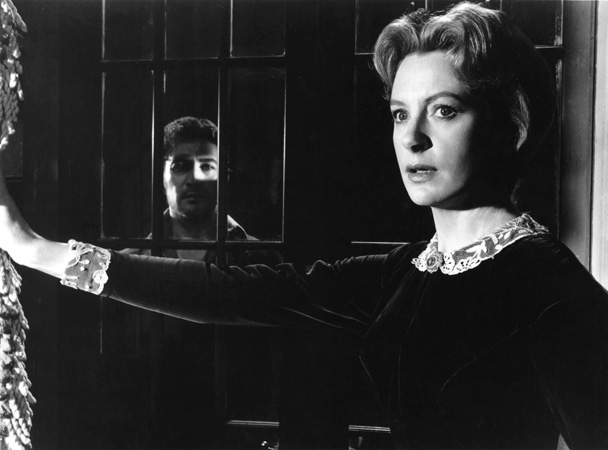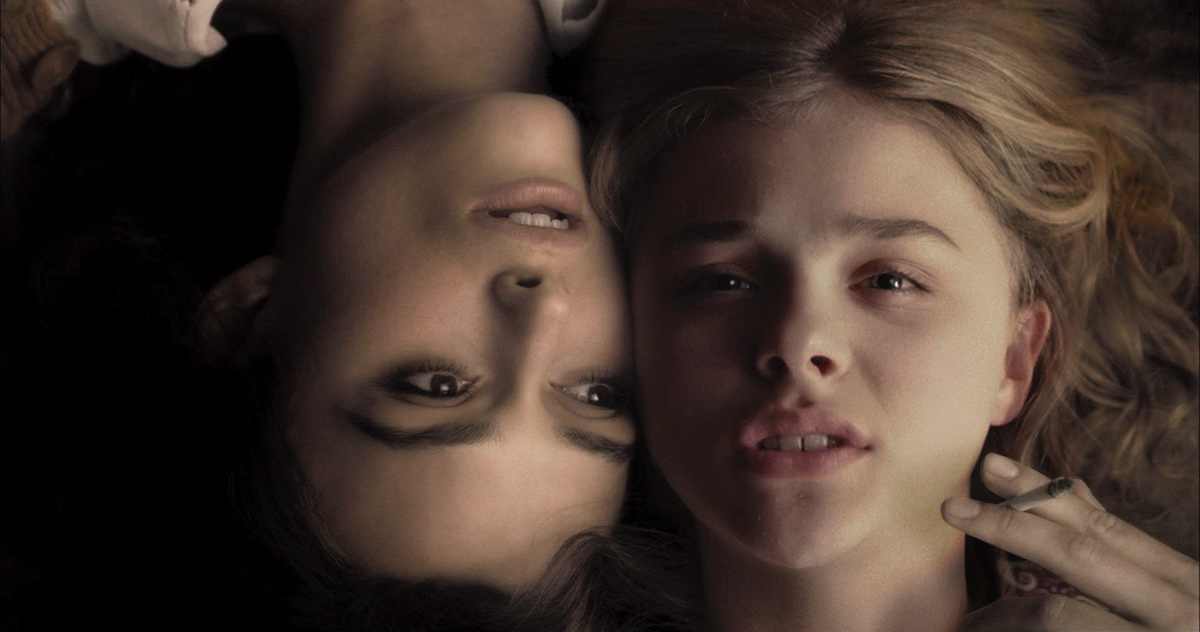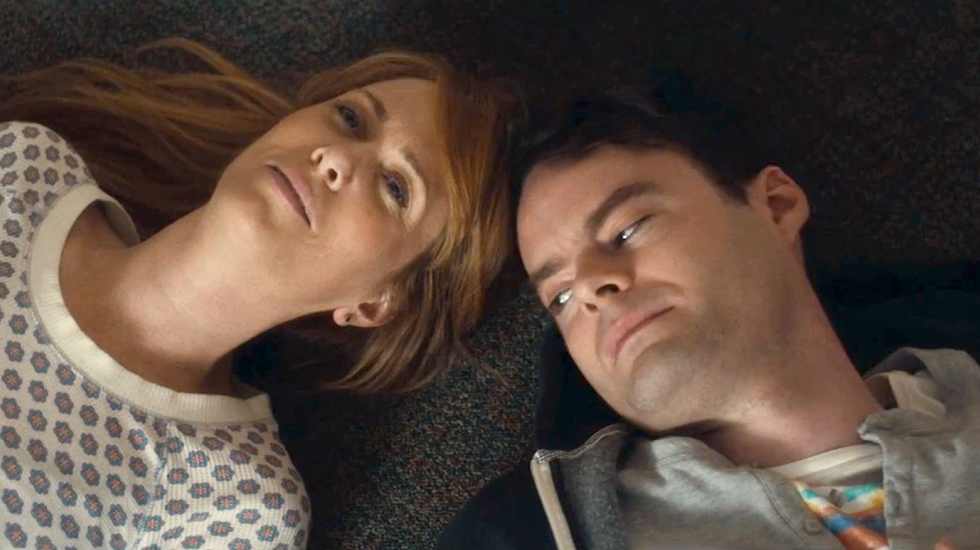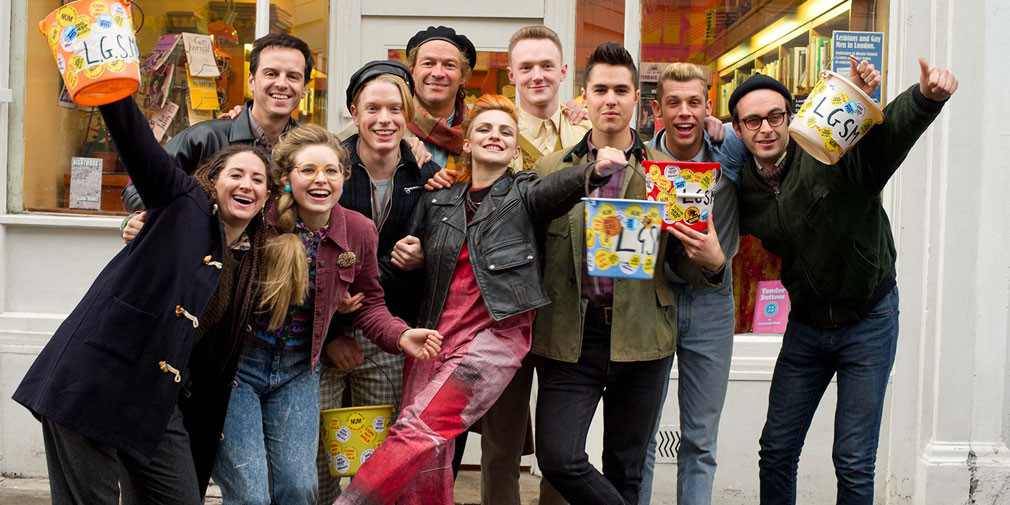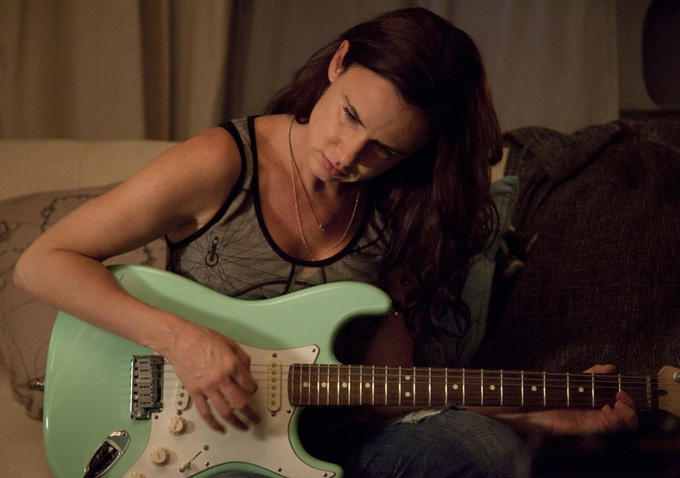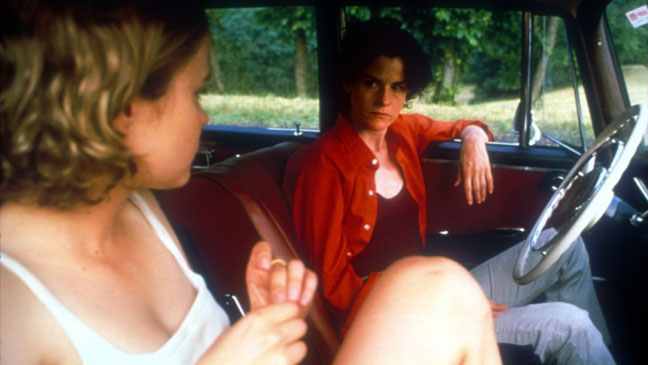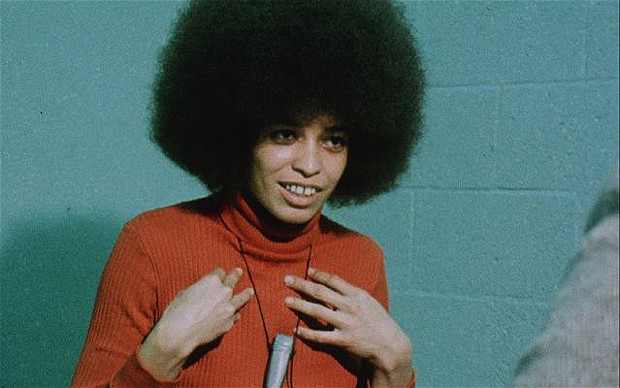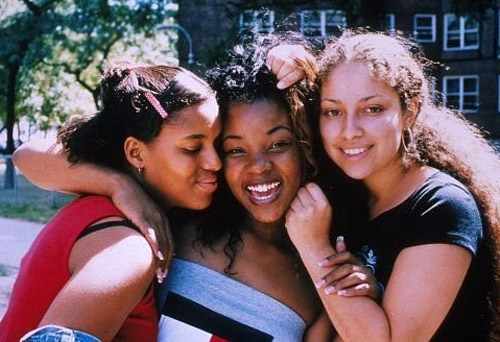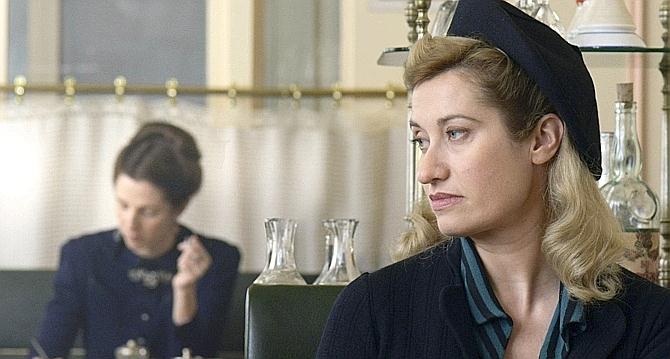This post by staff writer Ren Jender appears as part of our theme week on Demon and Spirit Possession.
I’m reluctant to tell people that I love a good horror film for many reasons, not the least of which is most horror films seem determined to insult the intelligence of their audiences. In the sub-genre of the “evil or possessed child” horror movie we again and again see parent characters who figure out the true nature of their children at least an hour after the audience has in The Omen, The Bad Seed, and The Exorcist. Parents in horror films go to ridiculous lengths to dismiss the strange goings-on they observe–and often pay a steep price for doing so.
Part of what makes the excellent 1961 film The Innocents different is the main character, the governess, Miss Giddens (played by Deborah Kerr), is thrust into a parental role suddenly. We see her at the beginning in an interview with the children’s uncle, a handsome playboy (played by Michael Redgrave, Vanessa’s father) who tells her he spends much of his time traveling and the rest in his home in London. When he offers her the job at his country estate, he takes her hand (a bold move for the Victorian era, when the film takes place) and asks if she is ready to take full responsibility for the children, because he doesn’t want to be disturbed during his adventures in London and abroad. The uncle’s “proposal” is an only slightly more extreme version of the “proposal” most women accepted both in the time when the film takes place and when it was filmed: that their children will be financed by the man of the house in exchange for the children’s care and upbringing to be the “woman’s work.” Miss Giddens accepts without hesitation.
The Innocents has an unusual pedigree for a horror film. It was directed by Jack Clayton (whose previous film, Room At The Top, won an Academy Award for Simone Signoret) and written by William Archibald (based on his stage play, which in turn was based on a Henry James novel, The Turn of the Screw) with help from Truman Capote (author of In Cold Blood) and John Mortimer (creator of Rumpole of the Bailey) . The velvety black and white cinematography is by Freddie Francis (who went on to work with David Lynch).

Most of the film has a Gothic setting: a big, creaky, isolated house and its shadowy garden full of statues (including a cherub hidden under overgrown bushes from whose mouth we see, in closeup, a beetle emerge). But the children, Flora (Pamela Franklin) and Miles (Martin Stephens), are realistically children, not obvious incarnations of evil. They’re talkative and charming with Miss Giddens. They elicit her suspicion only gradually and with typical children’s behavior: pretending not to hear the questions they don’t wish to answer (or saying “I don’t remember”) and staring off into the distance for no reason. They whisper to each other and laugh as the adults look on. They’re unknowingly cruel as when Flora sticks her pet tortoise in the pond and nearly drowns the poor animal. Like the children from Edward Gorey illustrations they’re fascinated with the morbid: Flora watches a spider eat a butterfly and Miles recites a poem about a return from the grave. They can be strangely unaffected by what is happening around them as when Miles, while we hear his sister screaming in another room, warms his hands in front of the fire and smiles sweetly at Miss Giddens. He’s also unexpectedly observant as when he surmises that Miss Giddens was hired so their uncle wouldn’t have to be bothered with raising him and his sister.
When the film was first released, New Yorker critic Pauline Kael wrote that the ghosts in The Innocents were the best she’d seen in a movie. We spot Miss Jessel, the children’s old governess (who was particularly close to Flora) several times, always dressed in black–walking along a dark hallway, standing in the distant reeds near the pond in which she drowned, and sobbing at the schoolroom desk, but we never get a good look at her face. Quint, Miss Jessel’s abusive lover, who was also Miles’ companion, first appears from a distance among the cooing doves on top of a tower, the combination of fog and sun making him difficult for Miss Giddens to discern. She sees his face clearly only after she has found his picture in the music box (which plays the song the film opens with, the melody of which Flora also hums as Miss Jessel’s ghost looks on). Miss Giddens, at first not realizing she has seen a ghost describes him to the housekeeper, Mrs. Grose (Megs Jenkins) who asks, “Would you say he was very handsome?”
Miss Giddens answers, “Yes, yes, handsome, handsome but obscene.” When she finds out he died, she presses Mrs. Grose to tell her all the details of the relationship of Miss Jessel and Quint, including the sexual ones, and the exact circumstances of each of their deaths.
Searching for the truth, Kerr, in huge skirts with tight, high-necked bodices, floats along the halls and grounds. Her Miss Giddens is at turns intimidating and anxious, the type of woman men label either “overemotional” or “repressed.” This role suits Kerr’s presence like few others did–as years later a similar lead role in The Others would suit Nicole Kidman–and makes me wonder if Meryl Streep has ever considered starring in a horror movie. Kerr at that time had been a movie star for 20 years–when Mrs. Grose refers to her as “young” I wanted to correct her–but the child actors are the scene stealers here: Pamela Franklin (who would later play opposite Maggie Smith in The Prime of Miss Jean Brodie) makes Flora’s descent into screaming, raging fits–which begins with the common childhood chant, “I hate you. I hate you. I hate you,” all the more disturbing by the contrast of her sunny, dreamy friendliness in the first part of the film. Martin Stephens (who was also in Village of the Damned) with his wide apart eyes and heart shaped face resembles the then-first-lady Jackie Kennedy and plays Miles with just the right mix of a child’s vulnerability and an adult’s knowingness. When he finds out all the servants have left the house he brings great timing to his line to Miss Giddens, “Well, you’re afraid, and perhaps you made them so.”

Though Miles is a pre-pubescent boy, he and Miss Giddens’ relationship has, from the beginning, flirtatious overtones; when they first meet he gives her flowers and tells her she is too pretty to be a governess. This bond echoes that between some mothers and sons, especially those mothers who don’t get much attention from adults. Later the relationship begins to turn creepy. Miss Giddens is taken aback when Miles gives her a long, inappropriate kiss goodnight (which inspired the Kate Bush song, “The Infant Kiss“) but opts to stay with him–alone–in order to “save” him. Miles also gives off a “queer kid” vibe, because of his closeness to Miss Giddens and his sister, as well as his line about being “different from the other boys” at the boarding school which expelled him.
In a climactic scene, Miss Giddens tells Miles, “My father taught me to love people and help them. Help them even if they refused my help. Even if it hurt them sometimes,” which could also be a mother’s pledge to a child. But is Miss Giddens helping? She believes the spirits of Miss Jessel and Quint are communing through the children. Both Flora and Miles do have shockingly adult outbursts. Miles calls Miss Giddens, “A damned hussy, a damned dirty-minded hag” to show how little has changed in denouncing women: now the slurs would be “fucking slut” and “ugly bitch” but the meaning is the same. Still, all children at one time or another surprise their parents with what comes out of their mouths (even when, like Miles, they express regret afterward). When Miss Giddens eggs on the children to tell her they see the ghosts they tell her she’s insane: that she’s the only one who can see them. In horror movies women are often a sobbing mess for much of the film, but Kerr soldiers through the scares, clear-eyed, until the end when her tears (like that of Kidman in The Others) are truly earned.
Enjoy this cheese-tastic trailer for the film from 1961 but know that it has only a passing resemblance to the film itself.
[youtube_sc url=”https://www.youtube.com/watch?v=BiW89dreaew”]
___________________________________
Ren Jender is a queer writer-performer/producer putting a film together. Her writing. besides appearing every week on Bitch Flicks, has also been published in The Toast, RH Reality Check, xoJane and the Feminist Wire. You can follow her on Twitter @renjender
